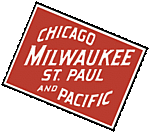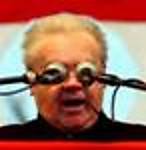 a good way to do it on my Nieuport 17, Albatros D. V and SE-5's, but it's just getting me confused and gives me a headache....
a good way to do it on my Nieuport 17, Albatros D. V and SE-5's, but it's just getting me confused and gives me a headache....  :-)
:-) Just want everything sorted before I start later on, don't want to make any mistakes you know.... :-)



 a good way to do it on my Nieuport 17, Albatros D. V and SE-5's, but it's just getting me confused and gives me a headache....
a good way to do it on my Nieuport 17, Albatros D. V and SE-5's, but it's just getting me confused and gives me a headache....  :-)
:-) 




























 |